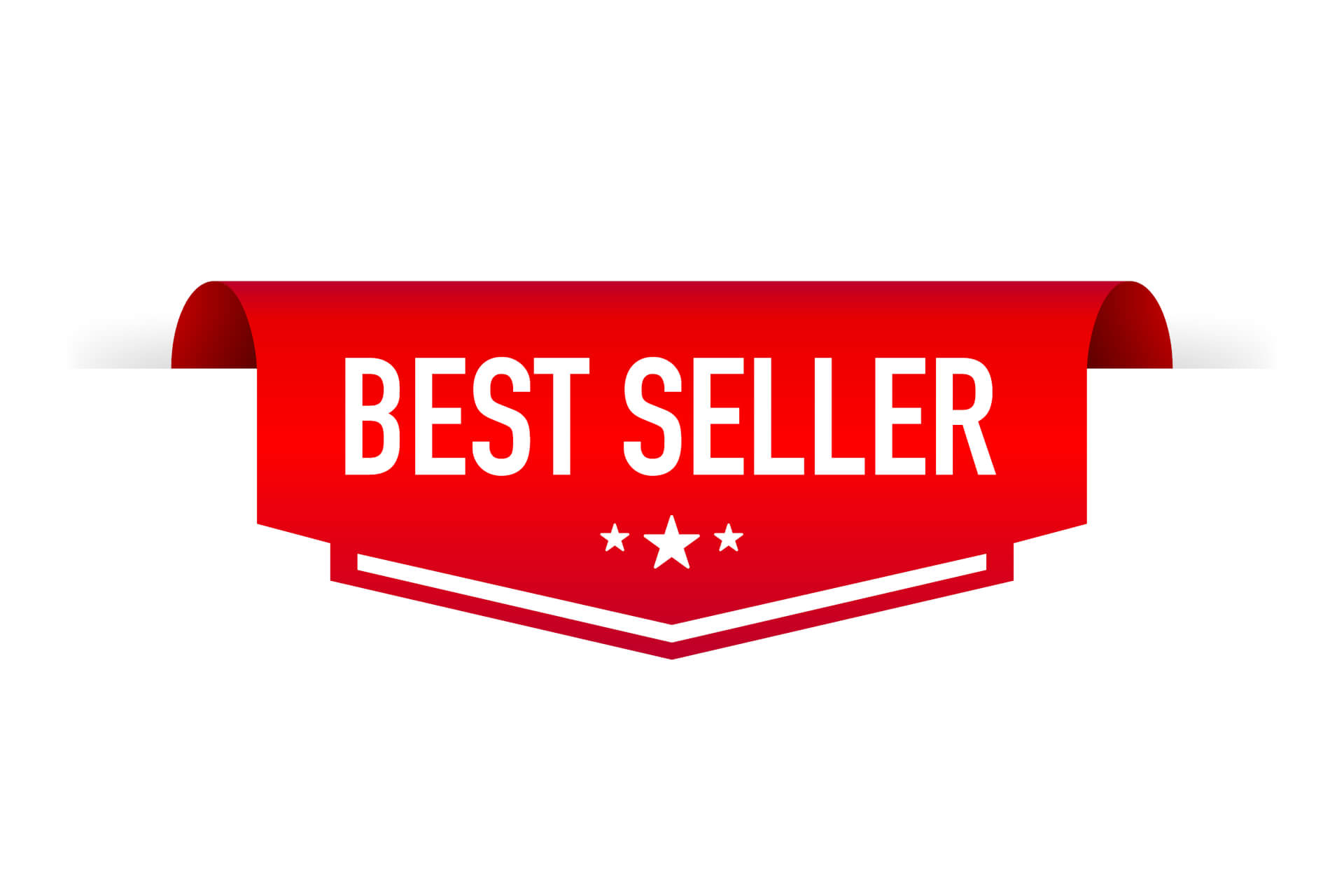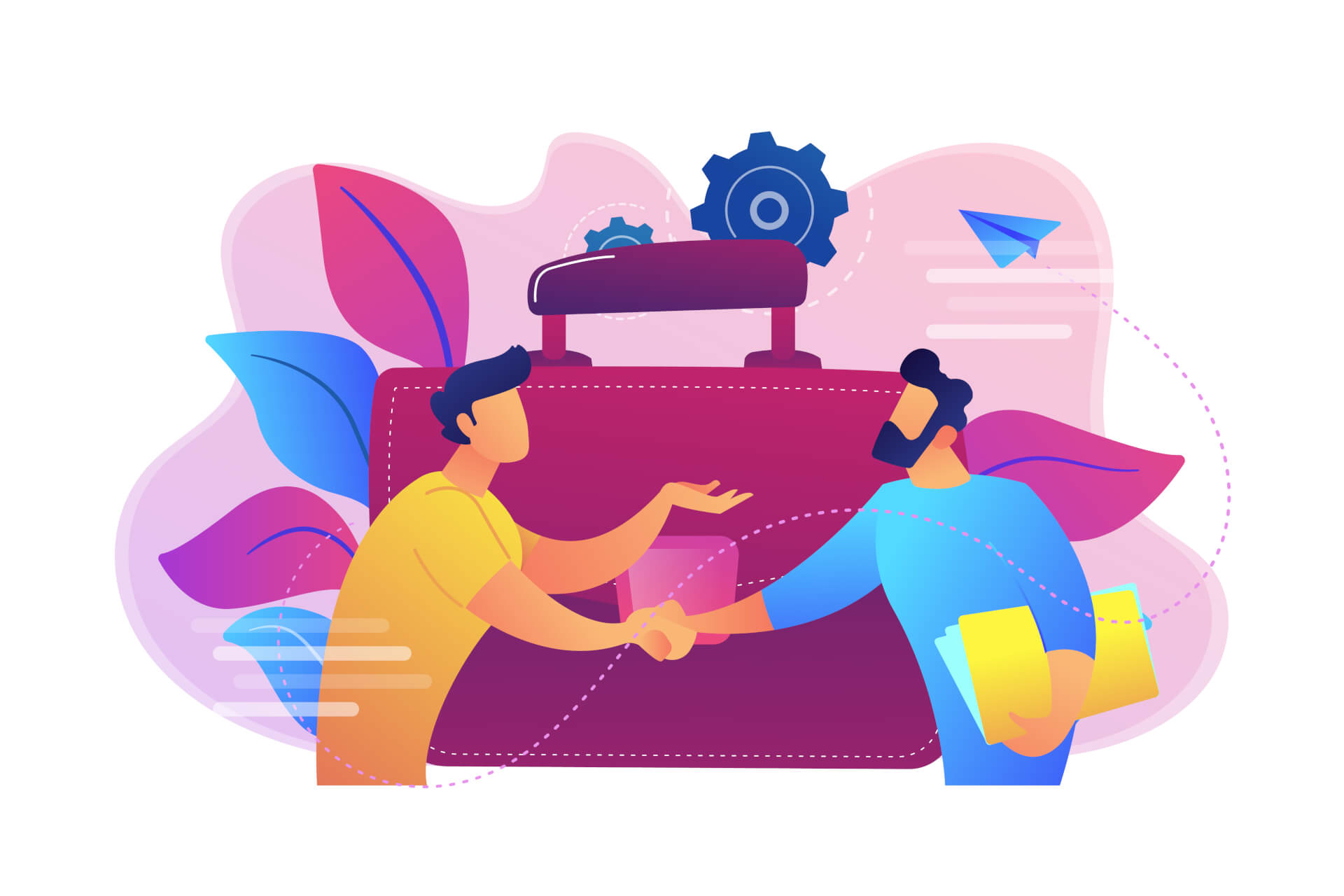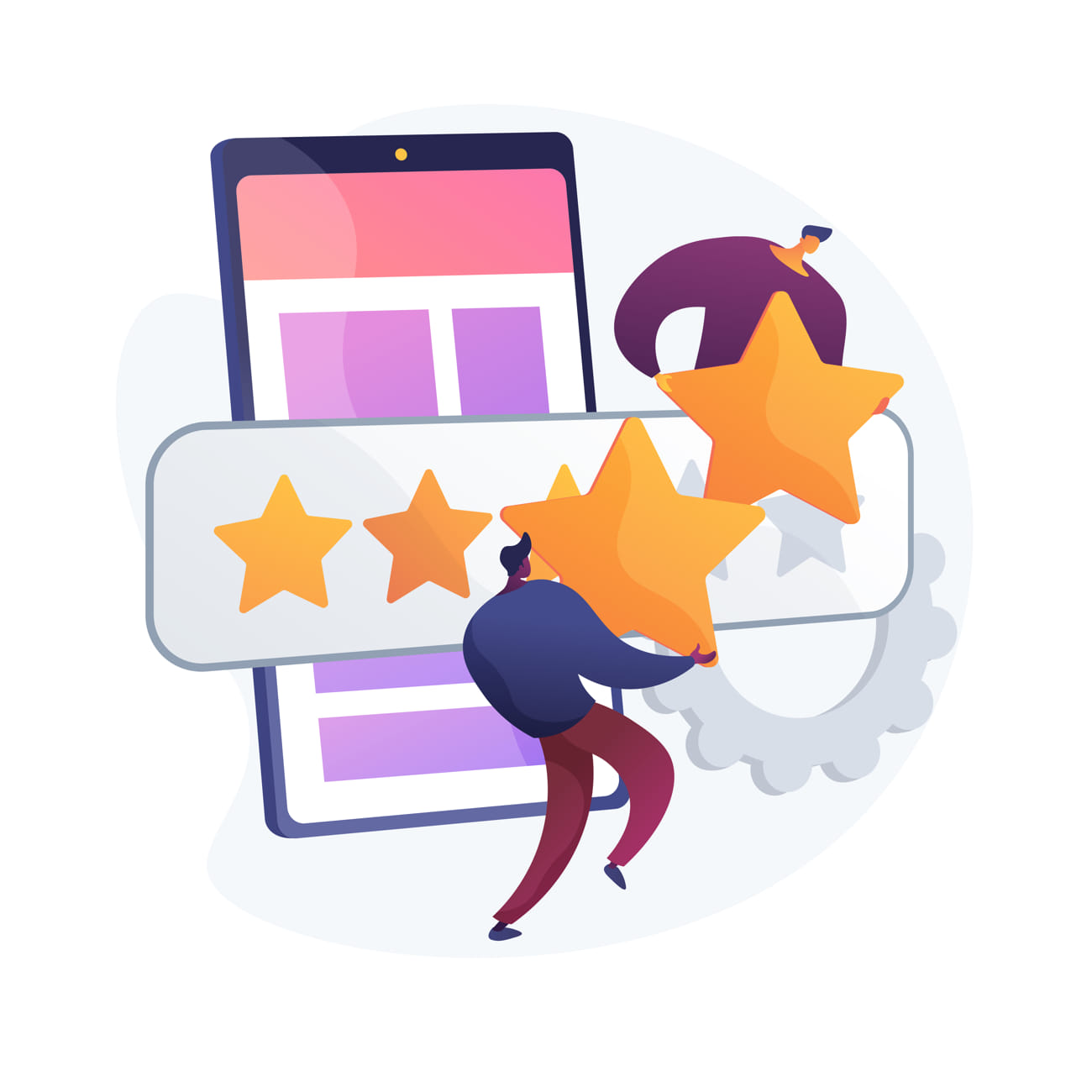One of the most important aspects of any business is the pricing strategy. If you were to place two identical products in front of each other - one cheap and another that is several times more expensive- which would be the best product in your opinion? It is interesting that many consumers would view and select the more expensive product as the better, even if this is not really the case.
To offer a more expensive product than the competition is a pricing strategy known as price-quality signaling. When you set a higher price than your competitors', you signal that your product is of better quality.
Luxury brands have been implementing this strategy very effectively for decades and have built a reputation for themselves not only because of quality alone, but also because of the prices that reflect the quality.
 So the price of your product undoubtedly influences customer perception, but does that also apply to satisfaction? Are customers more satisfied with your product if it costs more and would a price increase have a positive effect on the Net Promoter Score®?
So the price of your product undoubtedly influences customer perception, but does that also apply to satisfaction? Are customers more satisfied with your product if it costs more and would a price increase have a positive effect on the Net Promoter Score®?
This could well be possible. From freelance service providers to large companies, many companies have reported a change in customer behavior and sentiment - almost always for the better - with rising prices.
We now show the reason for this:
Table of Contents
Consumers become skeptical when it comes to the cheapest offer.
When you change your prices, you change your audience
In some markets, the price can make a product desirable
Customers love reasonable prices, not necessarily low prices
Consumers become skeptical when it comes to the cheapest offer.
 A low price doesn't always mean eager customers. Consumers are often naturally skeptical of below market average prices and believe that a deal that "looks too good to be true" will turn out to be sham.
A low price doesn't always mean eager customers. Consumers are often naturally skeptical of below market average prices and believe that a deal that "looks too good to be true" will turn out to be sham.
If you price your product below that of the competition, there is a risk that the customers you win with it will view it overall with skepticism. They may be more aware of their flaws than normal and are more vigilant about possible flaws and problems.
This can negatively affect customer mood and satisfaction. If customers use your product with the conviction that “because it is a cheap product, it is not the best in its category”, this manifests itself in skepticism and a lack of enthusiasm.
When you change your prices, you change your audience
 Consultants, freelancers, and agencies around the world can confirm that all too often low prices attract customers with unrealistic expectations. Likewise, products that are marketed for good value for money often attract buyers looking for a wide range of products at a low cost.
Consultants, freelancers, and agencies around the world can confirm that all too often low prices attract customers with unrealistic expectations. Likewise, products that are marketed for good value for money often attract buyers looking for a wide range of products at a low cost.
If your business relies on customer loyalty, low-price customers can become a frustrating burden. Should you ever need to raise your prices, you risk losing these customers because your product is no longer the best deal on the market.
Most of the times, when you change your prices, you also have to change your audience. For a SaaS company, this could mean the transition from an audience of consumers, clubs, and small business owners to an audience of medium and large businesses. For another type of company, this could mean the transition from B2C to B2B business.
Different target groups have different expectations. Your current audience might like your product, but is it the best fit? Often, changing prices will change the number of customers you attract, making it easier for you to get a positive vibe and a higher Net Promoter Score.
In some markets, the price can make a product desirable
 Suppliers of luxury products have built profitable businesses, but not through good value for money, but through luxury exclusivity at a high price.
Suppliers of luxury products have built profitable businesses, but not through good value for money, but through luxury exclusivity at a high price.
If these companies cut their prices, they probably wouldn't get customers - instead, they run the real risk of losing the customers they've won over for decades.
Products that do not seem to follow the laws of financial gravity are referred to as emerging products, or in consumer marketing called Aspirational Products - these are items that are not only desirable because they are good, but expensive. As these products get more expensive, the demand for them increases.
Although the world of B2B and B2C software is very different from haute couture in the fashion industry, there are several principles that apply to both:
- Consumers want to buy something of high quality. The price is often an indicator of quality.
- Executives often prioritize the “best” or most expensive solution over an unknown, less expensive one, even if it is not necessarily better.
- Many companies display irrational behavior when shopping and prioritize emerging brands over brands that offer good value for money.
The entitlement factor differs widely across industries - few people buy an application for the brand name alone. But they still exist. When used in conjunction with your pricing strategy, it can have a significant impact on customer satisfaction.
Customers love reasonable prices, not necessarily low prices
 Studies have shown that customers are more likely to develop a loyal and satisfied relationship with a company when products are offered at reasonable prices.
Studies have shown that customers are more likely to develop a loyal and satisfied relationship with a company when products are offered at reasonable prices.
The key phrase above is "reasonable", not "cheap". If the pricing seems fair and in line with the value of the product, customers are more likely to develop a trusting, loyal and long-term business relationship.
Other studies show that the perceived price has a significantly positive influence on price fairness. If people believe the prices are fair, they are much more likely to form a positive opinion about the product, company, and brand.
If your product is undervalued - meaning it offers far more value than its cost - your pricing strategy could affect both your profit margin and your ability to maximize the satisfaction of customers who consider pricing too cheap.
Low prices can also affect your ability to support your product and your customers. For example, if your weak profit margin makes it difficult to offer good support or a generous return policy, it is likely to have a negative impact on customer satisfaction.
Does your pricing help or harm customer loyalty?
 Pricing is one of the most difficult aspects of creating and selling a product.
Pricing is one of the most difficult aspects of creating and selling a product.
If you set a price too high , you run the risk of alienating potential customers and being forced to lower prices later.
If you set a low price, you risk compromising your service and reducing your margin.
It is therefore clear that pricing has a significant impact on customer satisfaction.
Doing it right - by making your prices fair and reasonable - will directly contribute to customer satisfaction rather than detract from it. If you get it wrong, you could upset or completely lose many of your customers.
With Callexa NPS customer surveys, you can ask your customers about pricing, service, features and overall experience to find out what they think about your product.
Implement the Net Promoter Score for your company with Callexa and collect actionable feedback today.

Recommended reading: If this article helped you and you would like to learn more about the role of NPS in shaping the customer experience, continue reading here: "The role of NPS in customer experience (CX)"